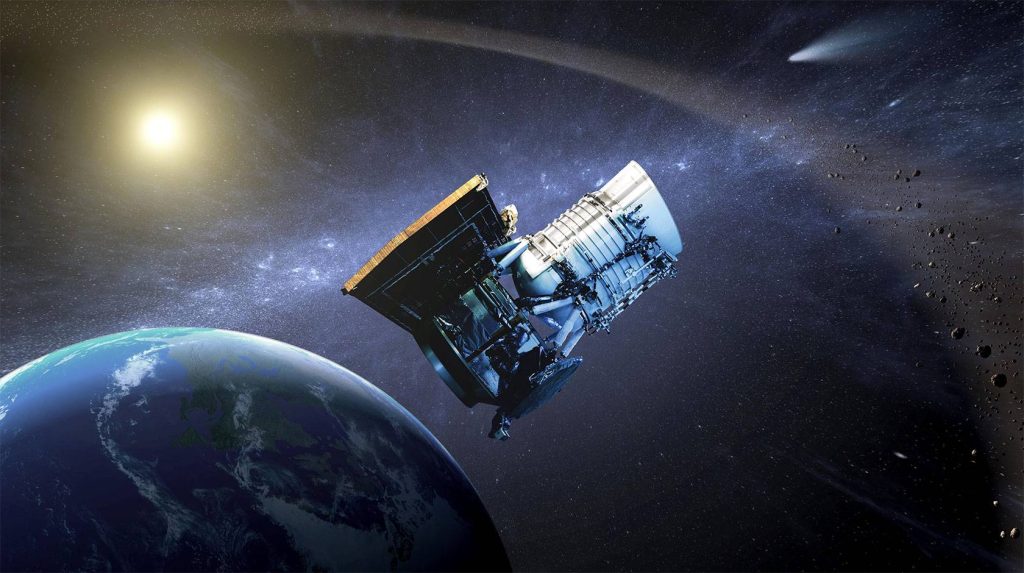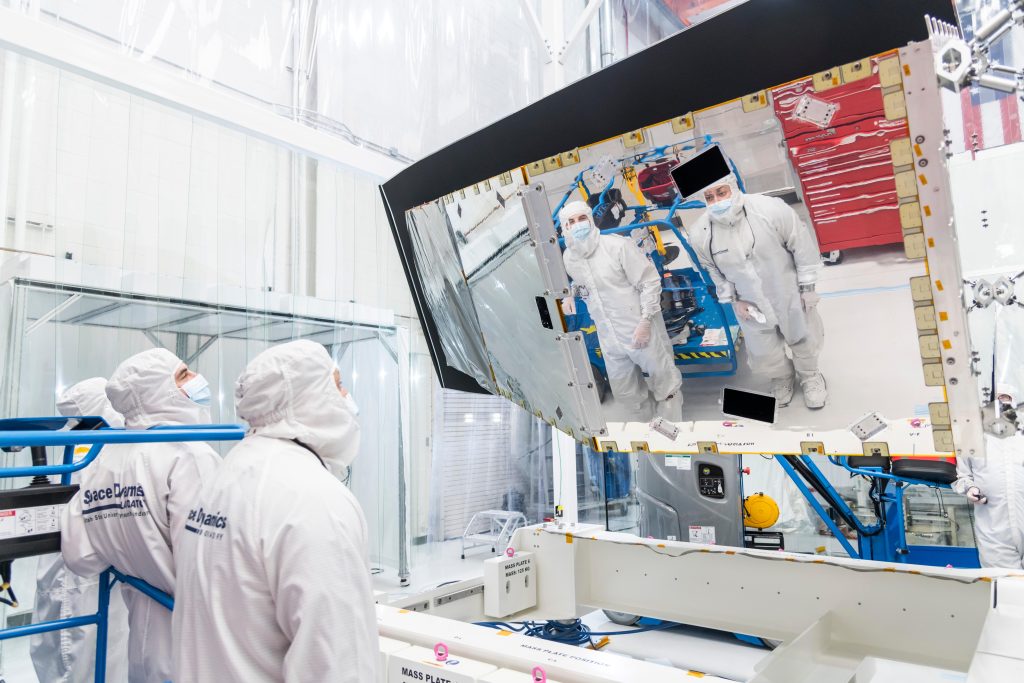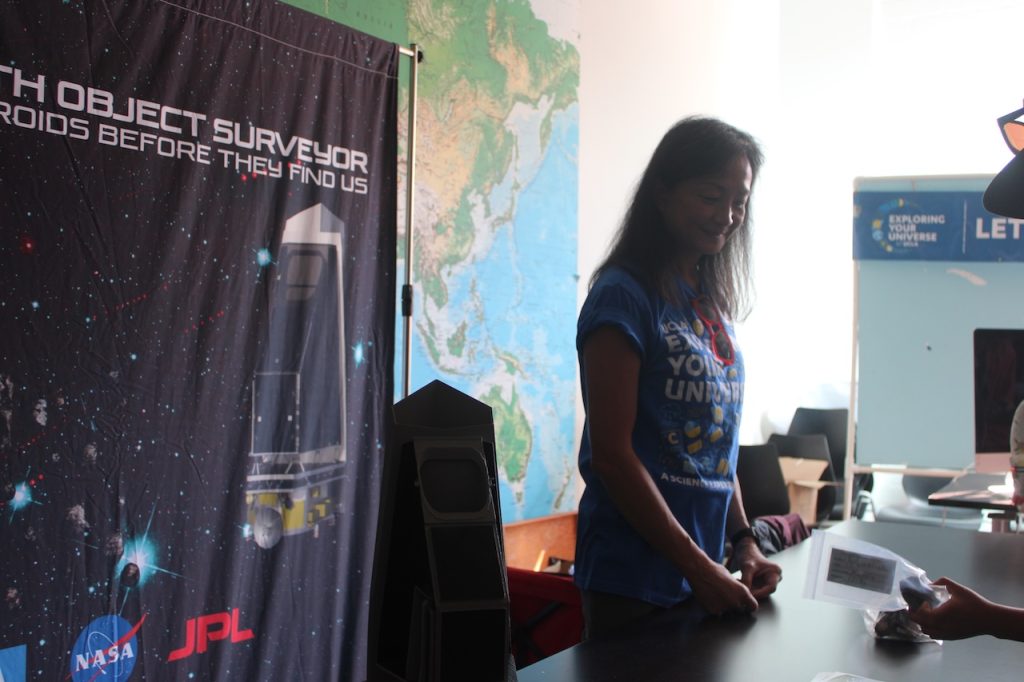
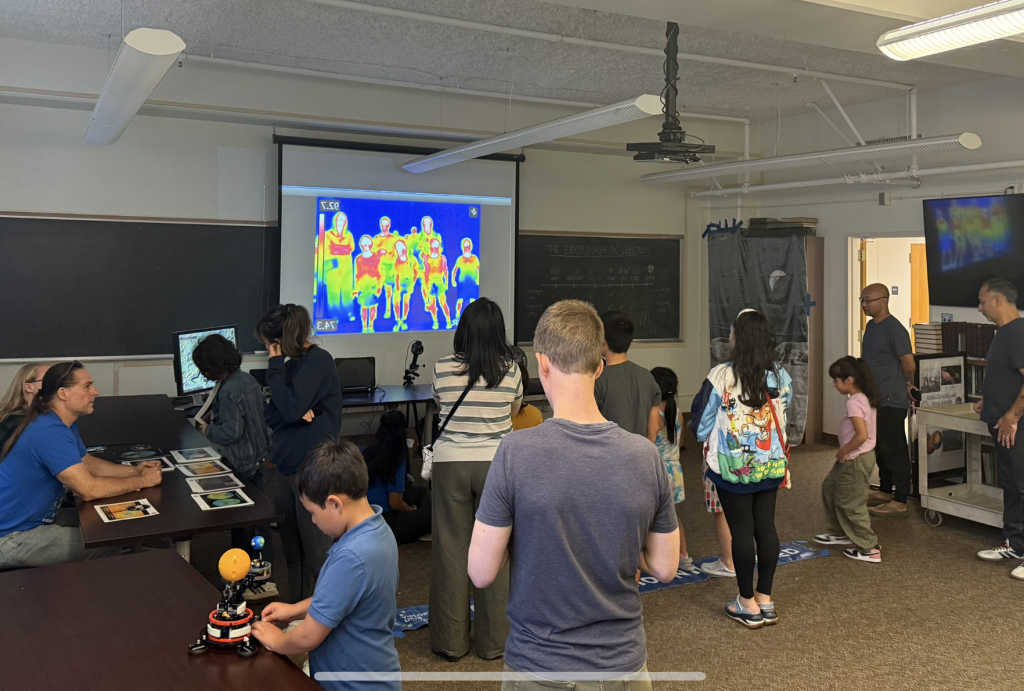
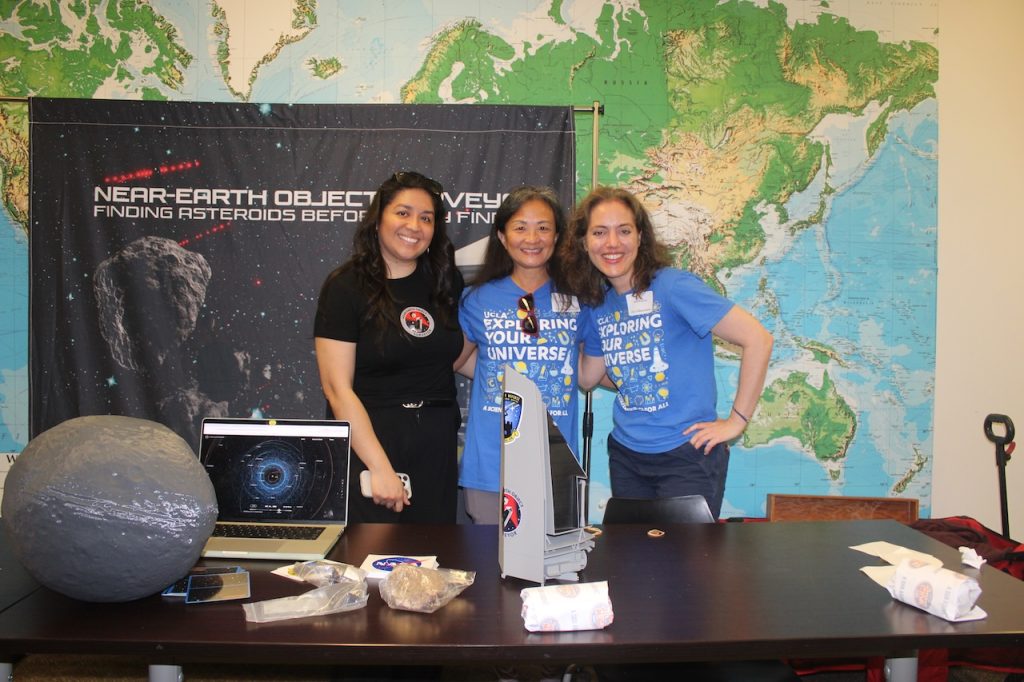
STEM outreach has been at the forefront for EPSS this November!
On Sunday, November 2nd, NEO Surveyor hosted the “Find Asteroids Before They Find Us” booth at Exploring Your Universe – the largest annual STEM outreach event in Los Angeles – where UCLA welcomed over 11,000 visitors. We explored asteroids and how to find them using an infrared telescope.
Jr. Planetary Defenders Teacher-Training Workshop
On Saturday, November 8th, a dynamic group of middle school science educators gathered for an intensive, hands-on NEO Surveyor Teacher-Training Workshop! The goal? To arm these incredible teachers with the cutting-edge content, resources, and confidence needed to bring the excitement of space exploration and Planetary Defense directly into their classrooms.
We know that to truly inspire the next generation of scientists and engineers, teachers need more than just textbooks—they need to feel empowered. This workshop delivered exactly that, turning educators into active participants in the mission.
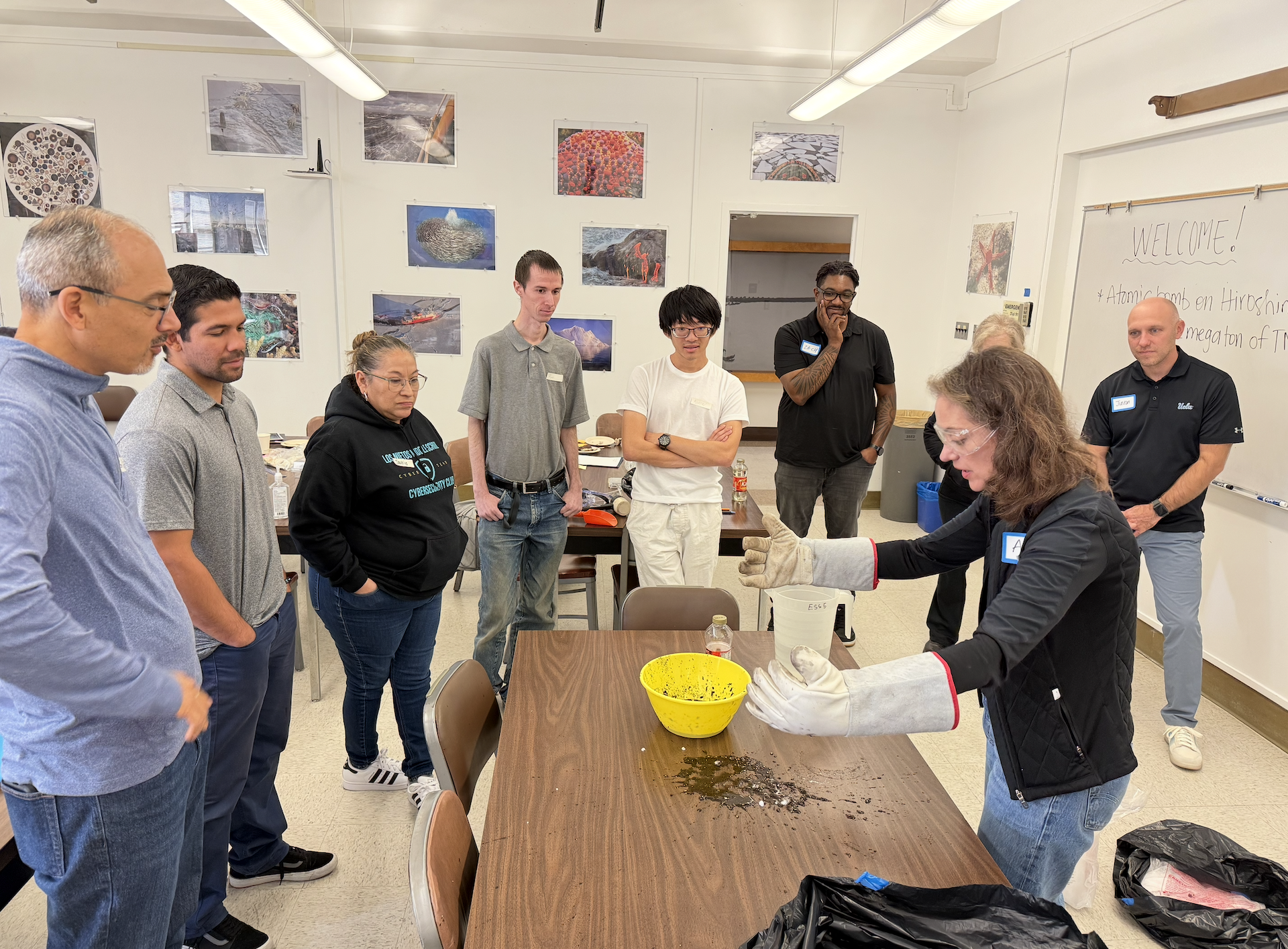
The core of the training focused on translating complex planetary science concepts into fun, inquiry-based activities aligned with Science and Engineering Practices.
The highlights of the day included:
☄️ Building a Comet:
Using dry ice and common materials, teachers physically constructed and analyzed their own model comets. This hands-on activity transformed an abstract concept—icy “dirty snowballs” from the outer Solar System—into a tangible experience.
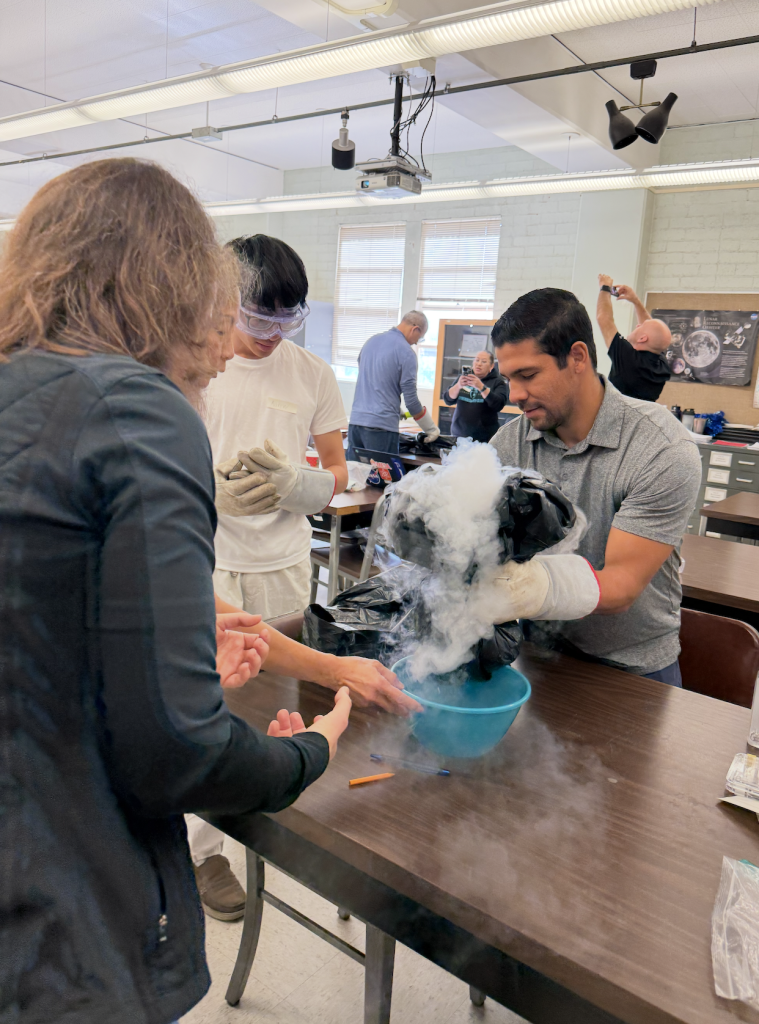
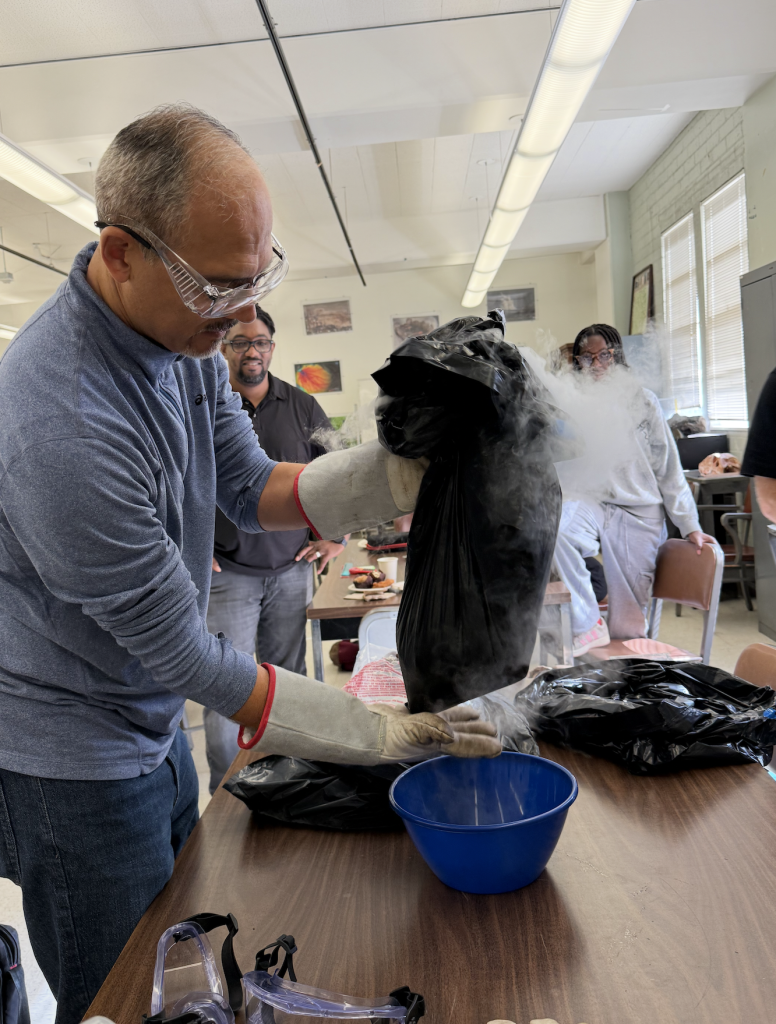
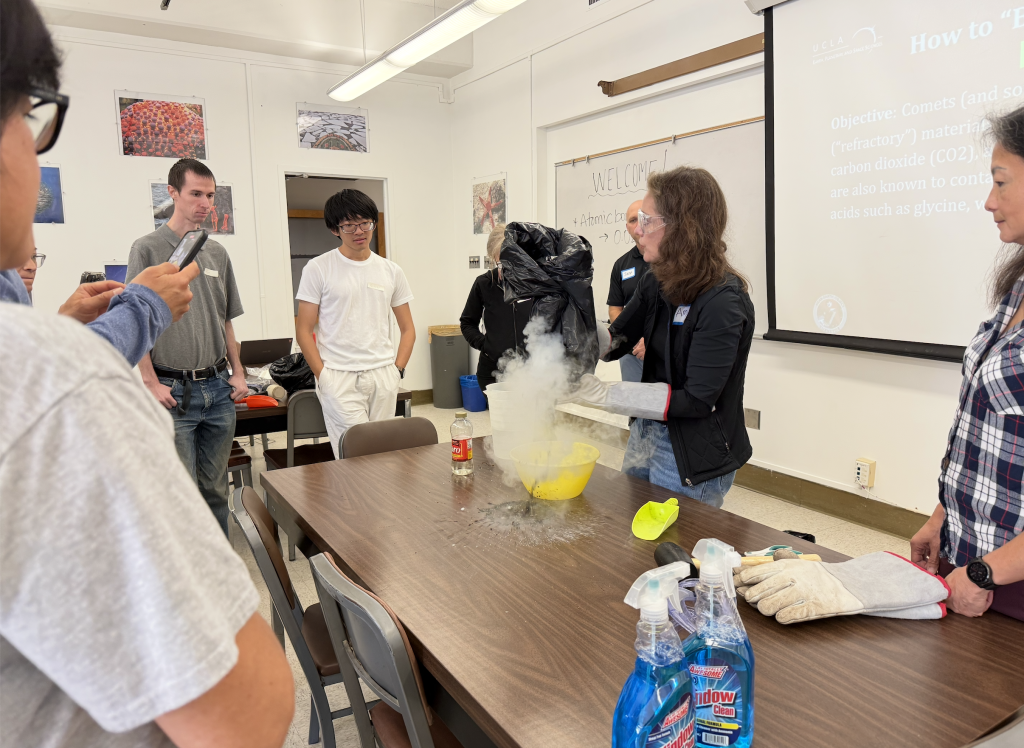
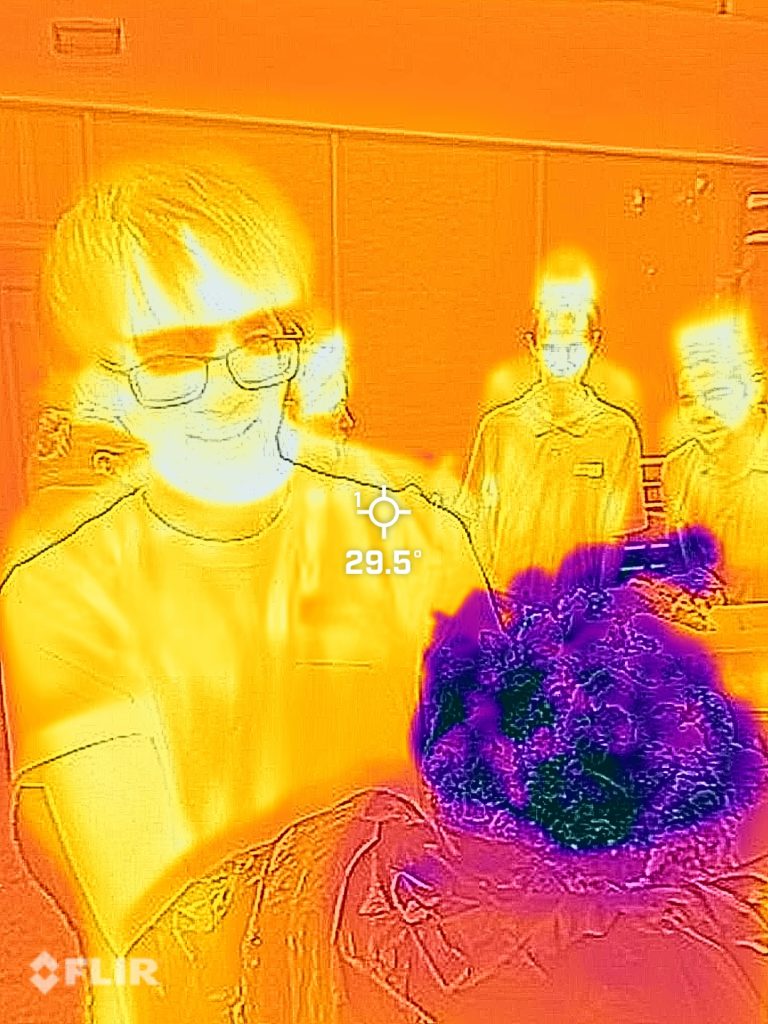
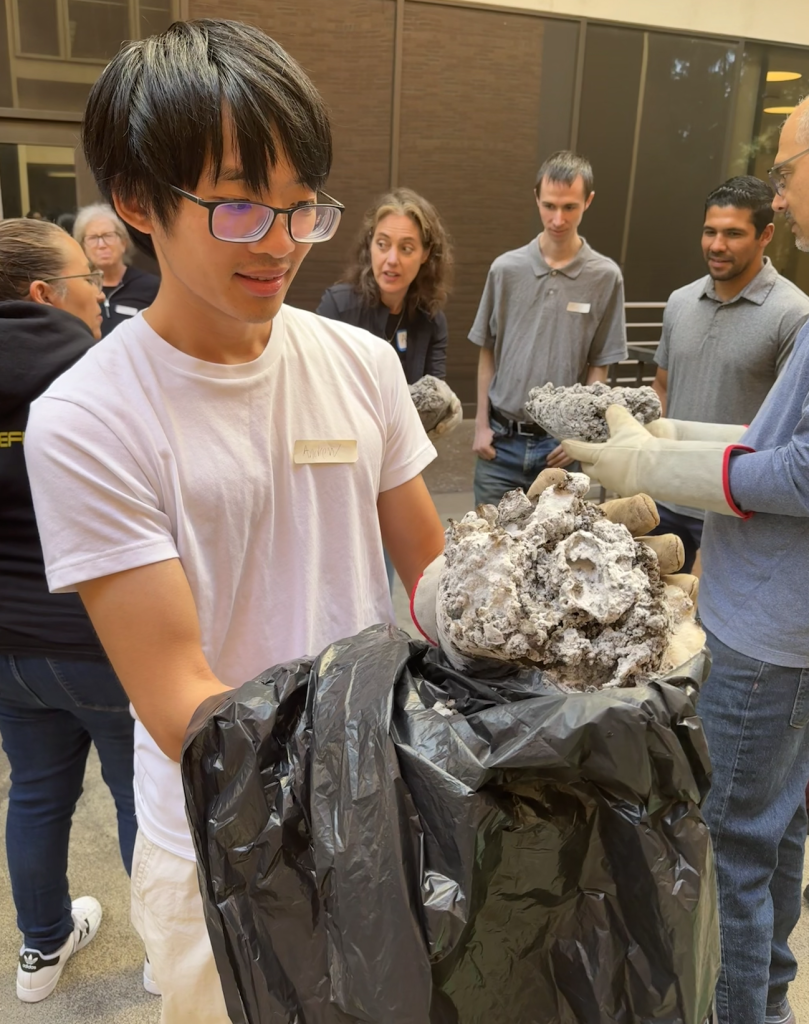
☄️ Exploring Asteroids and Meteorites:
Participants got up close and personal with real-world samples, examining the composition and structure of actual meteorites. This reinforced the importance of missions like NEO Surveyor, which uses infrared (heat) vision to detect and track these cosmic neighbors that glow with the Sun’s heat.
Building Confidence and Community
Beyond the exciting activities, the workshop was a fantastic opportunity for teachers to connect and collaborate. This learning community is vital for strengthening teaching skills across teachers and professionals.
The Mission Continues in the Classroom
We invest in these workshops because training educators is the most effective way to strengthen the STEM pipeline. Every teacher who attended is now a vital partner in our mission, capable of inspiring dozens of future scientists who may one day use the very data collected by NEO Surveyor.
A huge thank you to every educator who joined us. The enthusiasm, collaboration, and dedication you showed was truly incredible, and we can’t wait to see the amazing things your students do this year!
“Large amount of potential activities and relevant science to pull from”
“I really appreciated getting to hear from experts about what they’re working on. I also really appreciated the hands on activities that we did that I can take back to my classroom.”
“Switching from the teacher to student hat and back reminded me of how I need to support my students as they are learning.”
Ready to bring Planetary Defense into your classroom?
Keep an eye out for our workshop coming next Spring 2026!
Interest forM: https://forms.gle/YugUqBoh7pJY6N4F9
Follow us on Instagram: @neosurveyormission
